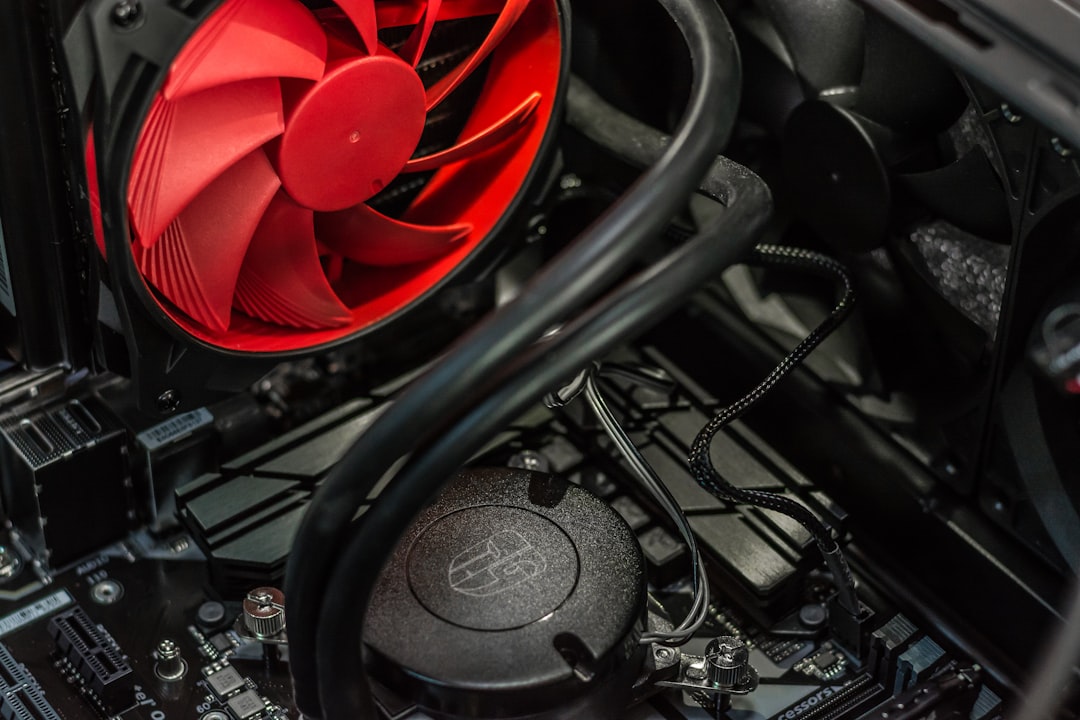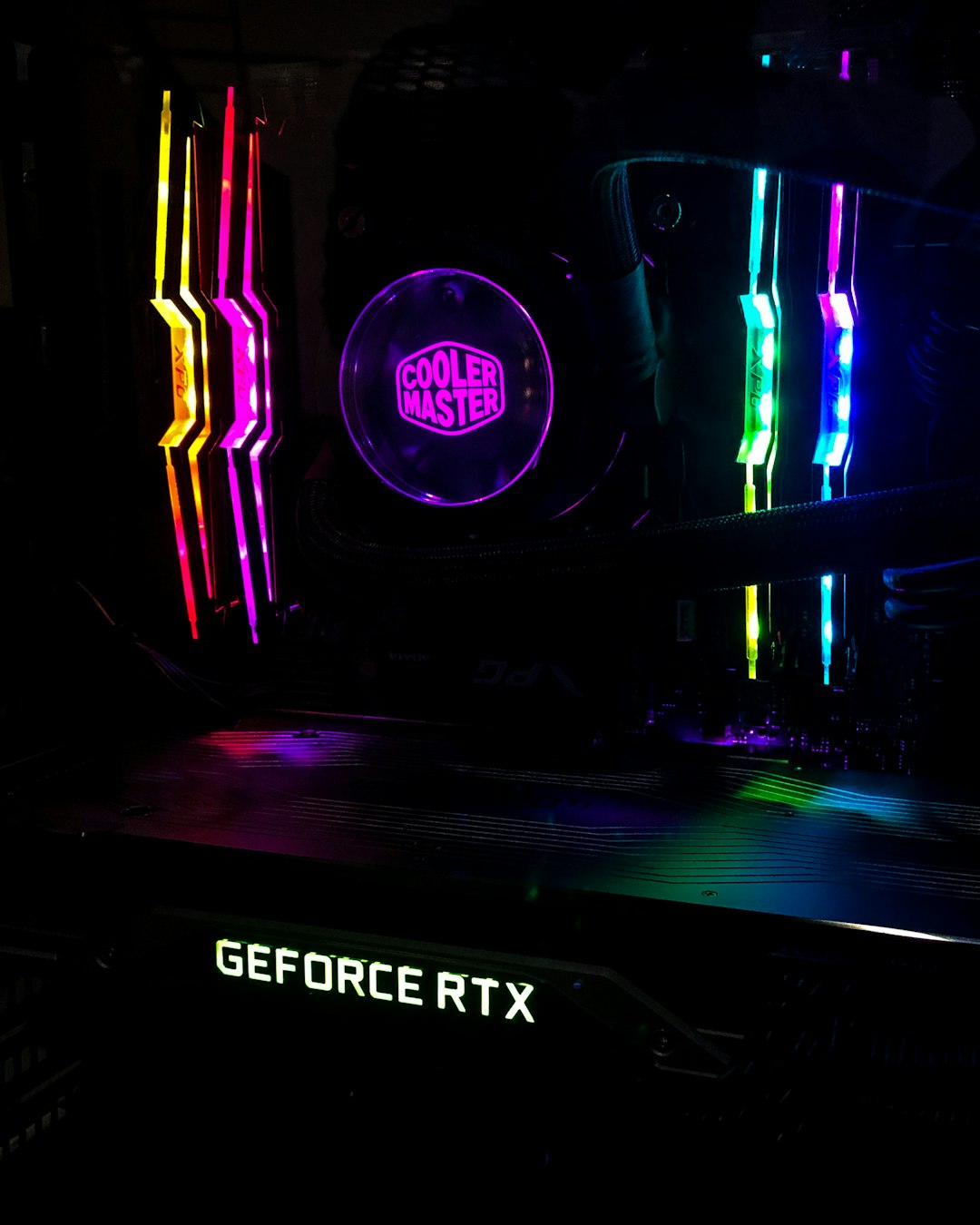The desktop computer has come a long way since its inception. From the early days when they were bulky, slow, and had limited capabilities, to the sleek and powerful machines we have today, desktop computers have transformed the way we work and play. In this blog post, we will take a journey through the history of desktop computers and explore how they have evolved over the years.
The concept of a desktop computer was first introduced in the 1960s with the release of mainframe computers. These computing giants occupied entire rooms and required specialized knowledge to operate. However, it wasn’t until the 1970s that the personal computer revolution truly took off. With the advent of microprocessors and the development of the first true desktop computers, computing power became accessible to individuals and small businesses.
One of the most significant milestones in the history of desktop computers was the release of the IBM Personal Computer (IBM PC) in 1981. This marked the beginning of a new era, as the IBM PC set the standard for future desktop computers. It featured an open architecture that allowed third-party hardware and software manufacturers to develop products compatible with the IBM PC, leading to a rapid expansion of the industry.
At the same time, Apple was making waves with their Macintosh computers. The Macintosh was the first commercially successful computer to incorporate a graphical user interface (GUI), making it more user-friendly than its competitors. This innovation revolutionized the way people interacted with computers and set the stage for future advancements in user interface design.
Despite the success of the Macintosh, IBM-compatible computers running Microsoft’s Windows operating system soon dominated the market. Windows offered a familiar interface and a vast library of software applications, making it the preferred choice for many users and businesses. This marked the beginning of the “Wintel” era, where Windows and Intel processors became synonymous with desktop computers.
In the following decades, desktop computers underwent several significant innovations. Processors became faster and more efficient, storage capacity increased exponentially, and graphics capabilities improved dramatically. The introduction of CD and DVD drives allowed users to play multimedia content, and the advent of the internet opened up a world of possibilities for communication and information access.
In recent years, desktop computers have evolved even further with the introduction of all-in-one computers. These sleek machines combine the computer and monitor into a single unit, eliminating the need for a separate tower and reducing clutter. All-in-one computers are popular choices for home users and offices that value aesthetics and space efficiency.
Gaming desktops have also become a significant market segment in recent years. These high-performance machines are designed specifically for gaming and feature powerful processors, dedicated graphics cards, and ample storage for large game files. Gaming desktops often have unique designs and customizable RGB lighting, catering to the preferences of the gaming community.
As technology continues to advance, the future of desktop computers looks promising. With the rise of artificial intelligence, virtual reality, and augmented reality, desktop computers will play a crucial role in powering these demanding applications. It is likely that we will see further improvements in processing power, storage capacity, and connectivity options in the coming years.










